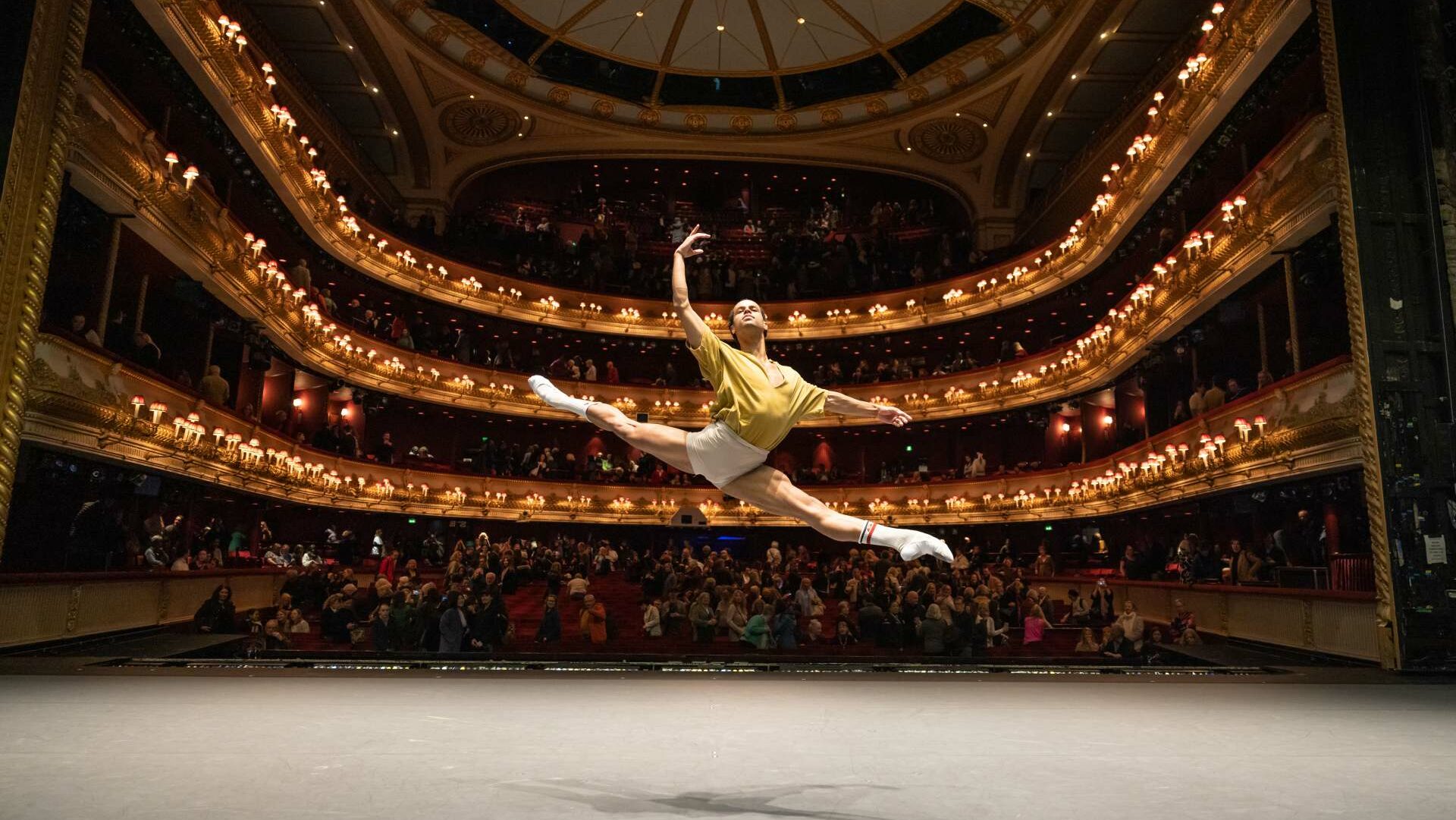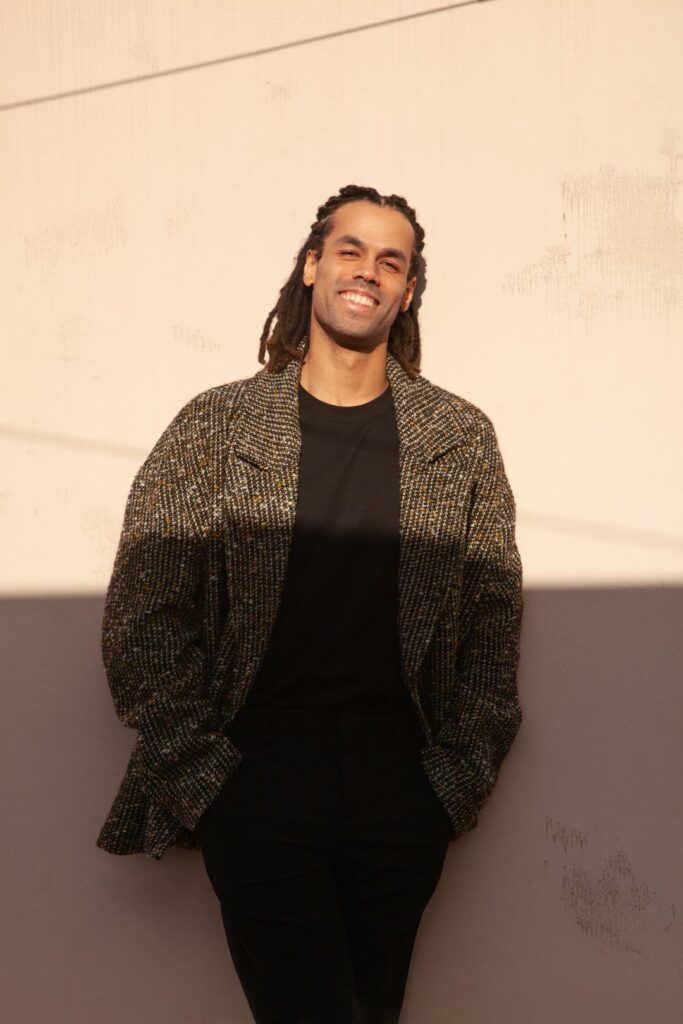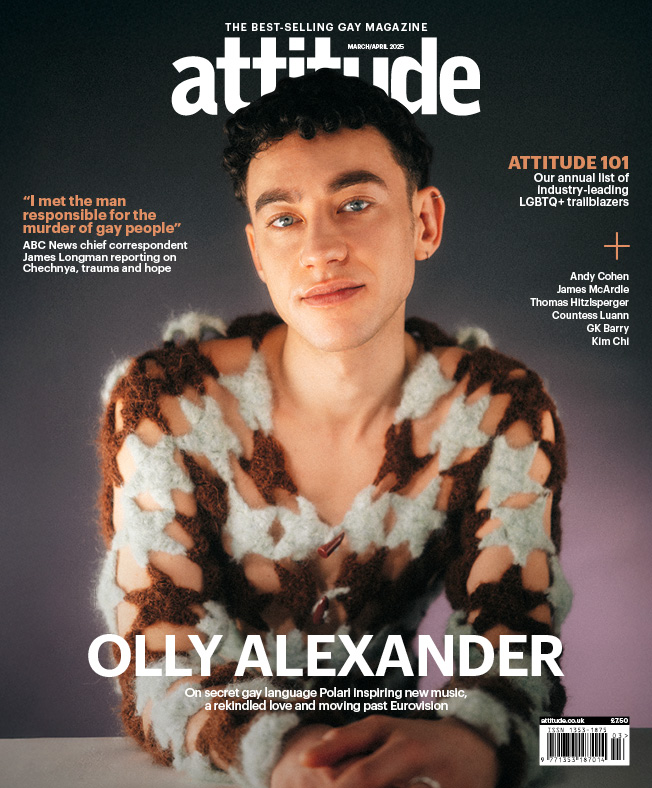Royal Ballet’s Joseph Sissens: ‘If we saturate the stage with dancers of colour, we can’t help but make a difference’ (EXCLUSIVE)
"As a queer kid, [ballet] was a real outlet for me," says the leader of the Fashion, Art & Design category of Attitude 101, empowered by Bentley

“I started at seven — the kid at the back of the studio where my sister was dancing!” recalls Joseph Sissens, Principal dancer at The Royal Ballet, London, of his adorable introduction to the art form. Growing up in Hertfordshire, he also loved musicals. “I’d perform Wicked as all the roles!” the leader of the Fashion, Art & Design category of Attitude 101, empowered by Bentley laughs (see here for the full list of the 10 influential figures who made the Attitude 101 2025 Fashion, Art & Design list). “I wasn’t necessarily academically inclined [back then], but when you find an outlet, something you’re good at and love, that’s therapeutic… I threw myself into it and never looked back.” At eight, he was talent-spotted and won a scholarship to Tring Park School for the Performing Arts. He later trained at The Royal Ballet School, before graduating into The Royal Ballet in 2016.

Then came a series of promotions. “There are five ranks within The Royal Ballet,” he explains of the regimented structure. “Artist, First Artist, Soloist, First Soloist, Principal. You’ve gone up the ranks, experienced plenty of different roles. Along the way, you’ve got mentors guiding you. Every rank is really important. Principal’s on top, but it doesn’t make anyone on stage any less important to the ballet itself. It’s a company, a working industry. We need every single part to create the whole.”
This spring, he’ll perform Romeo in Romeo and Juliet, which is “absolutely my dream role”, he says. “It’s taken a while for me to do it, for good reason, because now I respect the dream.” He continues, “I’m so excited. I get to dance my Romeo with Akane Takada, another Principal dancer. She’s one of my favourites. I was dreaming I was her Romeo.”
“A lot of my hobbies depend on movement!”
But first, some much-deserved headspace: Sissens is chatting to me while on a mountain hike in France. “I’ve come for a break,” he says. “It’s mid-season, so we get two weeks off. I always come for a hike in the cold, to chill out.” Even on holiday, he doesn’t stop. “A lot of my hobbies depend on movement!” he laughs. “I like sport, swimming, cycling, hiking!” He also does plenty of dancing outside work. “I’m not a massive clubber, but I do love an R&B dancehall. I’m half Jamaican, I’m West Indian, so not only is it ballet, it’s also in my hips! As soon as there’s music, I’m gone. No drink has to be flowing.”
Chatting to this bubbly, giggling 27-year-old — who identifies as “queer or gay, although I probably prefer queer” — it’s easy to forget he’s one of the country’s most feted dancers. And the really cool thing about him? How he’s ensuring others can follow in his footsteps. “Every little mixed-race kid in Hertfordshire wants to be a racer because of Lewis Hamilton,” he points out. “So, I’m doing a lot of work with my director; the grass-roots stuff, the training and working with kids.”
“I wanted to have some kind of impact on directors and schools making conscious choices”
Take Legacy, “a celebration of Black and Brown excellence in ballet”, which Sissens spearheaded. “Legacy was a birthchild post-pandemic,” he explains. “I had a reckoning. [I] was like, ‘I don’t know how I want to show up in the ballet world.’ I had a close relationship with my director at the time, who was also having quite the reckoning with ballet. We came up with this idea: inviting artists and dancers of colour from around the world to come to this one gala scenario. I was like, ‘If we saturate the stage with dancers of colour, we can’t help but make a difference.’ I wanted to have some kind of impact on directors and schools making conscious choices.”
It indeed culminated in an inspiring series of performances at the Linbury Theatre at the Royal Opera House last October. There were not only people of colour “on stage, on posters”, says Sissens. “The team around me were very good at being like, ‘How do we find a lighting designer who is of colour? New choreographers of colour?’ Every aspect was like a kaleidoscope.”
“I never set out to be a trailblazer”
Asked how he arrived in this position of influence, he replies: “Clumsily! I never set out to be a trailblazer, as it were. It’s just the way I was raised. It’s within my nature to question. Any conversation that’s worth having is difficult and uncomfortable. That’s where I shine! The definition of friendship and love is people pushing you, questioning how you apply yourself and do things. That’s what I’ve been doing with ballet, which I absolutely love, like a friend. I question its form, if it needs to improve.
“It was created in the 17th, 18th centuries, in a French royal court,” Sissens continues. “Its nature can be very elitist. When you’ve got something elitist, something like race, or class, comes in really heavily. If it’s elitist, you’ve got people isolated from the art form. I did feel ballet had some catching up [to do].”
On LGBTQ+ inclusivity in ballet, Sissens reflects how, “as queer people we migrate to things of expression, creativity, the arts. Especially ballet. As a queer kid, it was a real outlet for me. You do feel different growing up, and you don’t really know why, and you need to find a space where you can be different. It’s immensely inclusive of the queer experience, especially for gay men. I would love to see more stories of women loving women on stage. There are holes we should be conscious of. When you see Oscars season, and seven films that are completely different, I think ballet could find a way to tell lots of different stories. It’s on its way. It’s improving — literally — day by day. And you have to be critical of anything in order to push it. I’m very much ‘I’m going to keep being annoying!'”
Asked what advice he’d give to young people hoping to break into the arts, he says, “Take things step by step. Go to that audition. Go to that one class. For me, climbing these mountains has been important. It’s such a challenge! Afterwards, I’m like, ‘I can’t believe I can do this!’ Translating that to being a young person in the world, don’t get bogged down by the fact you can’t do something, because everything is just skills, to be honest. It’s just a build-up of skill.”
And perhaps they could seek inspiration from the next Legacy. “It was really well received,” says Sissens, with Tigger-ish excitement. “People want another night!”
Watch this space!

This feature is taken from issue 363 of Attitude magazine, available to order here or alongside 15 years of back issues on the Attitude app.
